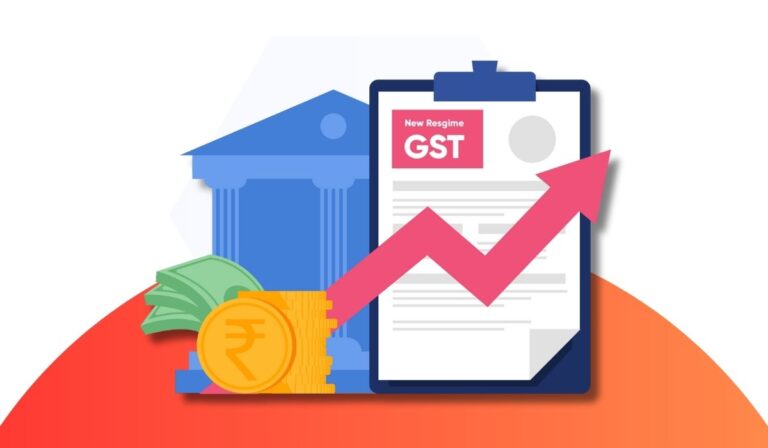Unified Pension Scheme (UPS) and National Pension Scheme (NPS) are two alternative approaches to retirement planning, each with distinct features. Unified Pension Scheme (UPS) This scheme will be effective from April 1, 2025.
Retirement planning is an important part of financial stability life which makes sure that people will have enough money to live in the style they want after they stop working. A retirement pension becomes central to economic guarantees when workers have finished their labour. Such pensions are established on the principle of regular monetary inputs from both the employer and employee, invested to yield returns which can then be drawn down upon retirement.
Below is the main summary of the key differences:
| Features | NPS(national pension scheme) | UPS (unified national scheme) |
| Pension Amount | It depends on market performance; can vary. | Half of the average basic salary from the previous 12 months before retirement; adjusted based on 10-25 years of service. |
| Family Pension | Based on total savings and selected annuity plan. | 60% of the employee’s pension is given to the family. |
| Employee Contribution | 10% of salary | 10% of salary |
| Government Contribution | 14% of salary | 18.5% of salary |
| Inflation Adjustment | Not specifically mentioned | Adjusted according to the All India Consumer Price Index for Industrial Workers (AICPI-IW). |
| Additional Benefits | No lump sum benefits specified | Lump sum payment equal to 1/10th of the monthly salary for every six months of service, plus gratuity. |
| Applicability | For government employees (excluding armed forces) joining after January 1, 2004, and available for private sector employees. | Mainly for government employees; no specific mention of private sector coverage. |
FAQs
What is the Unified Pension Scheme (UPS)?
The Central Government has launched the Unified Pension Scheme (UPS), which provides government workers with a steady pension based on their length of service and most recent basic salary drawn.
When Will the UPS Scheme Come into Effect?
The Central Government introduced the Unified Pension Scheme (UPS) on 24 August 2024. The UPS scheme will be implemented from 1 April 2025.
Who is Eligible for the Unified Pension Scheme (UPS)?
-
- All government employees who joined after April 1, 2004, fall under the NPS.
- NPS subscribers now have the option to choose between the NPS and the UPS.
What Are the Key Features of the Unified Pension Scheme (UPS)?
-
- Offers assured pension for employees with a minimum of 25 years of service.
- Provides a proportionate or minimum pension of ₹10,000 per month for those with at least 10 years of service.
- Assured Family Pension starting next financial year, calculated at 60% of the employee’s pension before their demise.
What is NPS?
The National Pension System (NPS) is a retirement savings plan supported by the Indian government, aimed at ensuring financial stability for individuals in their post-retirement years. It was introduced in 2004 by the Government of India and is managed by the Pension Fund Regulatory and Development Authority (PFRDA).




